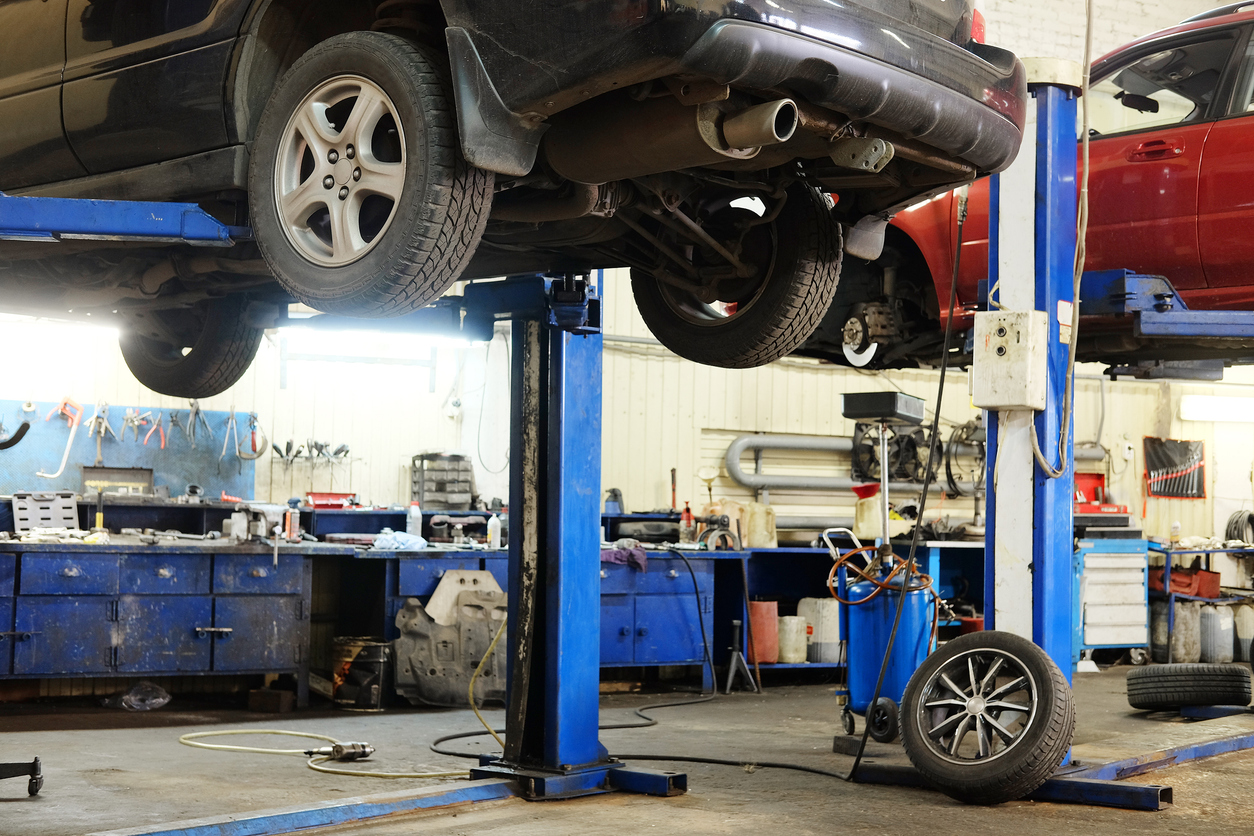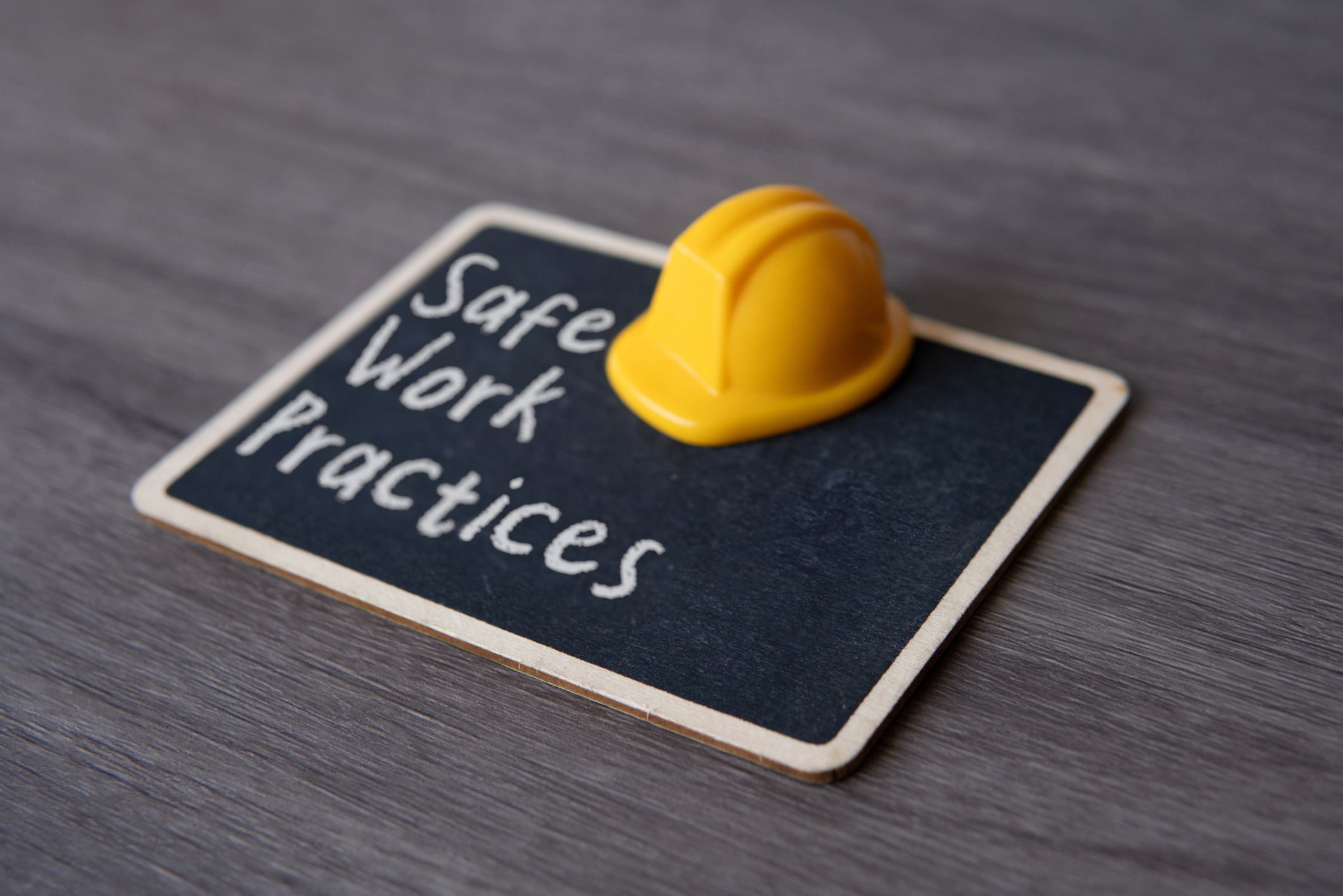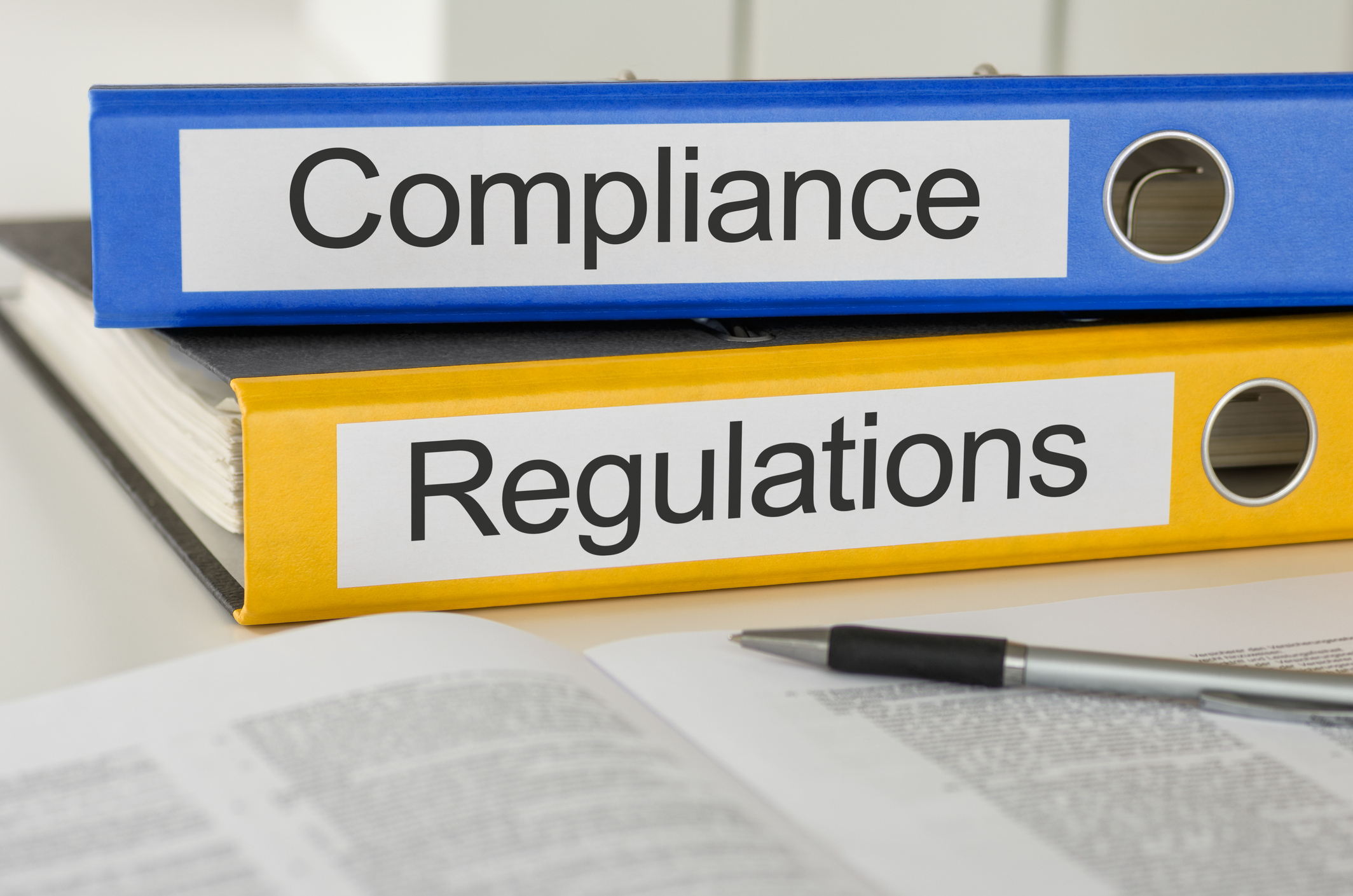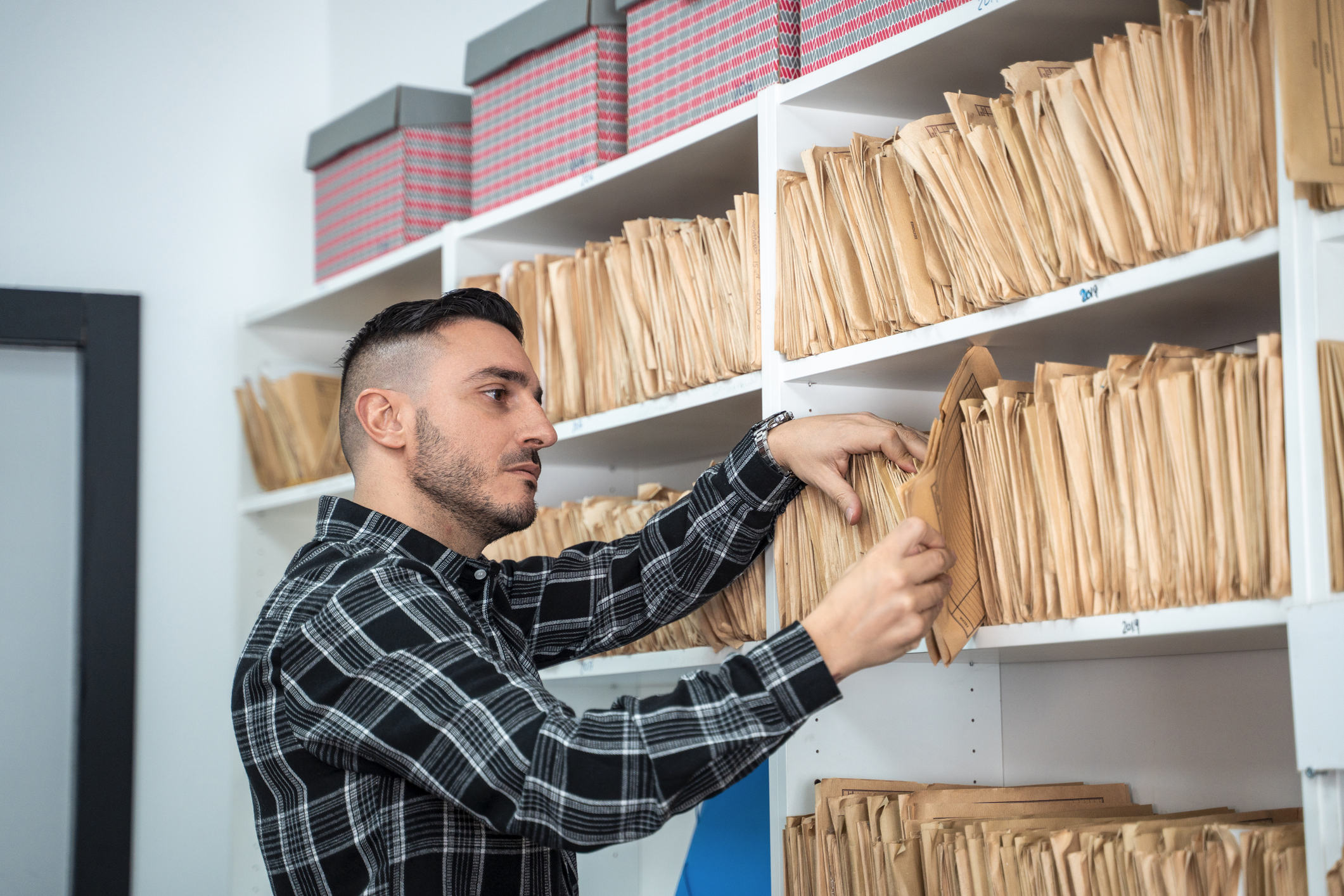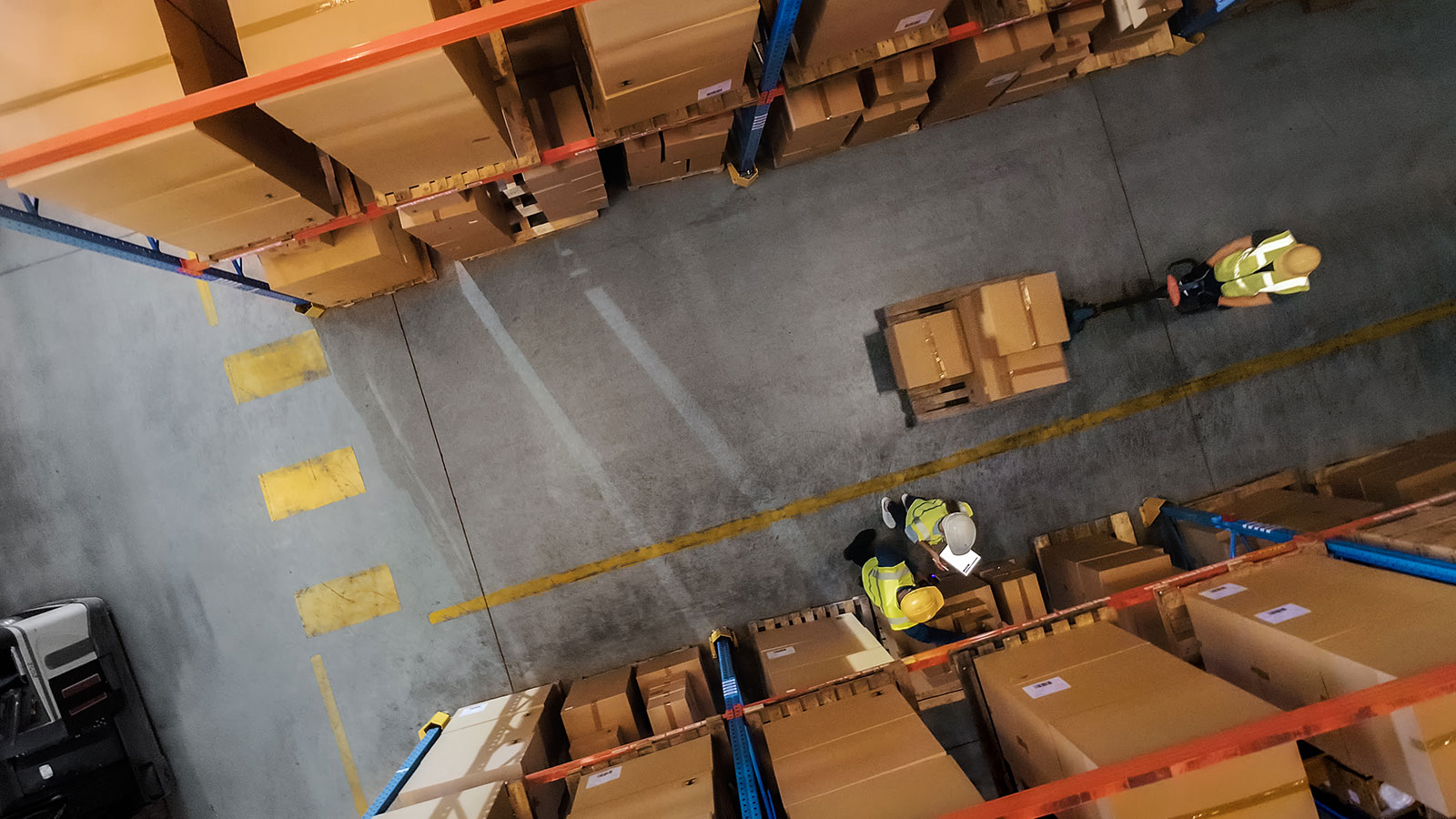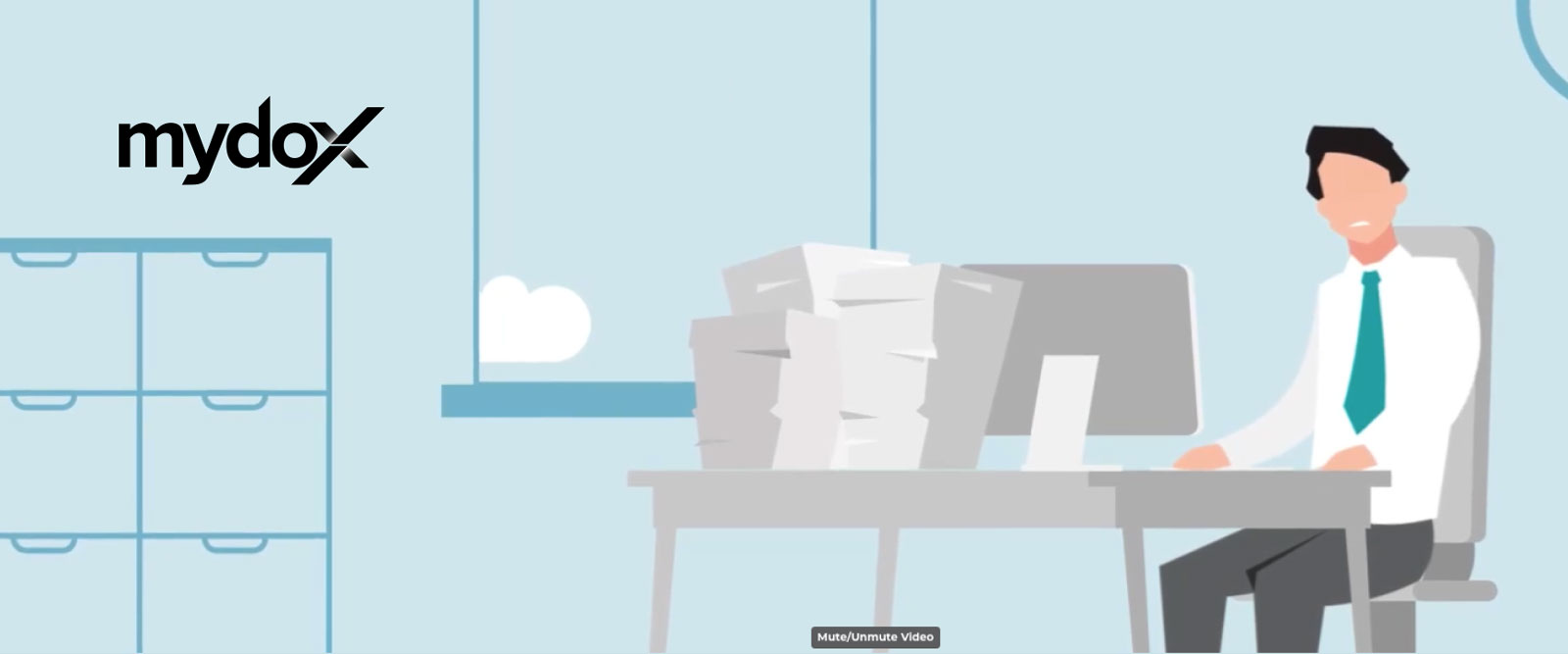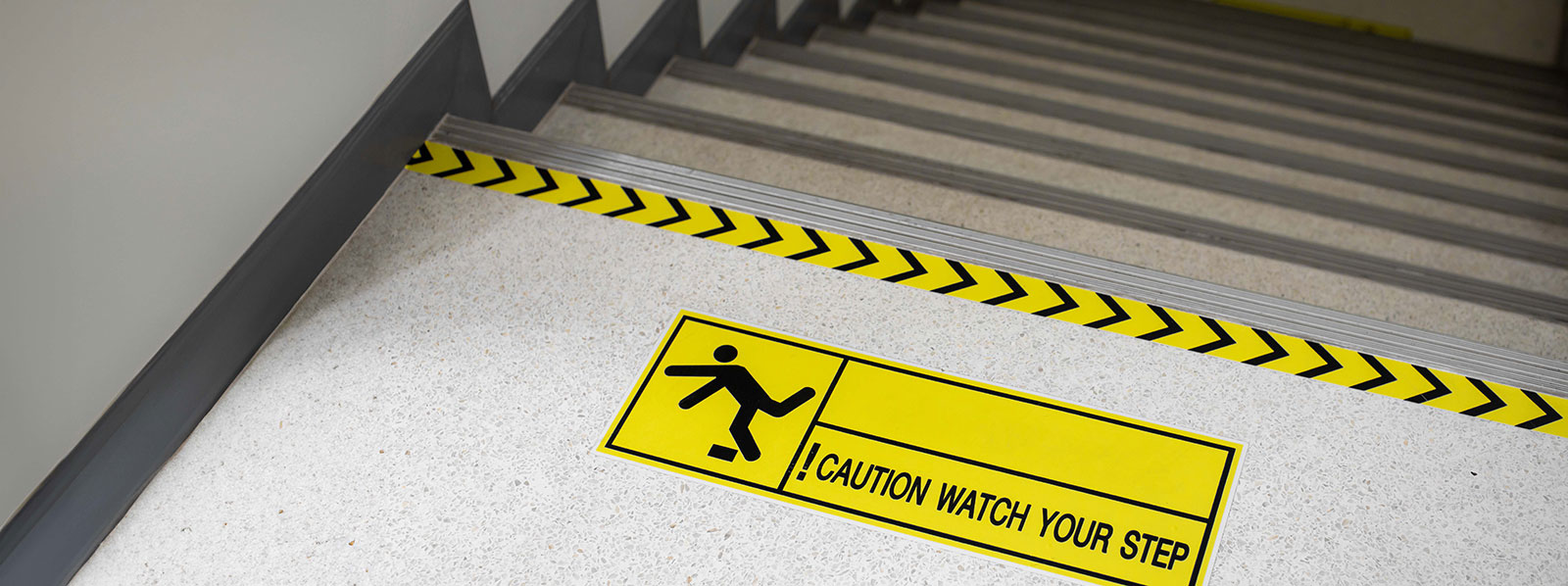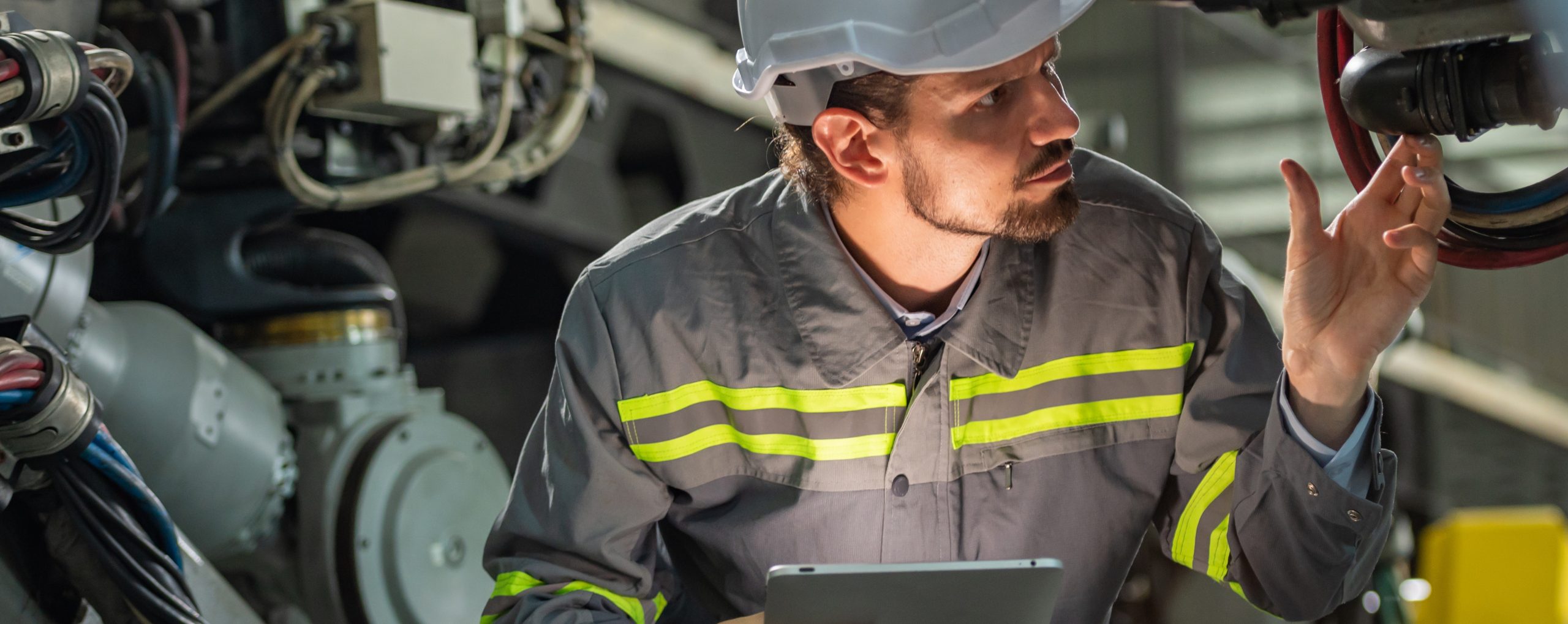
In the dynamic landscape of Australian workplaces, ensuring the health and safety of employees is paramount. One of the most effective tools for achieving this is a safety audit. But what exactly are safety audits, and how do they contribute to workplace compliance? Let’s explore their significance and how they can enhance safety standards across various industries.
The Importance of Compliance:
A safety audit systematically evaluates an organisation’s safety management system. It involves thoroughly inspecting workplace practices, policies, and procedures to identify potential hazards and ensure compliance with relevant legislation, such as the Work Health and Safety Act 2011 (Cth) and state-specific regulations.
Safety audits play a crucial role in identifying hazards that may have been overlooked. By regularly assessing the workplace, employers can address risks before they lead to accidents or injuries. Moreover, compliance with health and safety regulations is not just a legal obligation; it’s also essential for fostering a safe work environment. Audits ensure that companies adhere to safety standards, helping to avoid fines and legal repercussions.
Cultivating a Safety Culture
Another significant aspect of safety audits is their ability to improve safety culture within an organisation. Regular audits demonstrate a commitment to safety, which can help cultivate a positive safety culture. Employees are more likely to engage in safe practices when they see their employer prioritising safety. Additionally, audits can identify gaps in safety training, providing valuable insights that can be used to enhance training programs. This ensures that employees are well-informed about safety procedures and protocols.
Preparing for an Audit
To maximise the benefits of safety audits, organisations should start by planning and preparing. This involves defining the scope and objectives of the audit, identifying key areas of focus, and gathering necessary documentation, such as safety policies and incident reports. Engaging a qualified team to carry out the audit is crucial, whether that includes internal safety personnel or external auditors who can provide an unbiased assessment.
Download a free support services document.

It includes available support services and resources for employees, such as counselling services, and peer support networks to access when needed.
Just fill out the form and we will email it to you.



